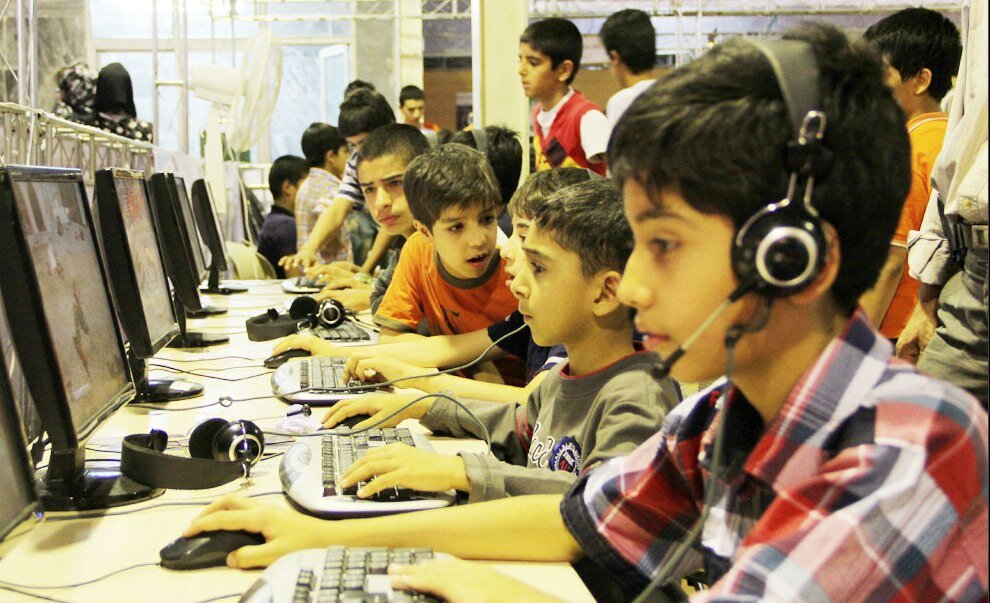Young adult boys on top list of Iranian video game users: report

TEHRAN -- The addiction to video games is more among Iranian young adult boys than girls while girls are on the top list of social media users, Iran’s Center for Addiction Studies reported.
The video game addiction is now categorized as an official disease during past decade, the head of center Afarin Rahimi Movaqqar said, IRNA reported on Saturday.
The video game addiction begins from three years old and unfortunately some parents think that these games make their children smarter, she lamented.
While the video games lead to addiction, which leads to insufficient physical activity among children, she said.
Children less than 3 or 4 years old should not get involved in video games, she noted.
She said that the 13th addiction knowledge congress will be held from August 21 to 23 with the theme of knowledge-based decision making.
--------- What is a video game addiction?
Video game addiction is real, and the World Health Organization will soon officially classify it under the International Classification of Diseases (ICD-11).
Gaming Disorder is characterized by a pattern of persistent or recurrent gaming behavior, which may be online or offline, manifested by: impaired control over gaming (e.g., onset, frequency, intensity, duration, termination, context); increasing priority given to gaming to the extent that gaming takes precedence over other life interests and daily activities; continuation or escalation of gaming despite the occurrence of negative consequences.
The behavior pattern is of sufficient severity to result in significant impairment in personal, family, social, educational, occupational or other important areas of functioning.
------ Over ten million addicted gamers
With conservative estimates by the World Health Organization of 3-4% of gamers struggling with addiction challenges, there are can be tens of millions of addicted gamers worldwide, with this figure expected to continue to grow for the years to come. A large-scale study 5 in Canada recently found 13% of students grades 7-12 reporting symptoms of a video game problem, a 4% increase since 2007.
SB/MQ/MG
